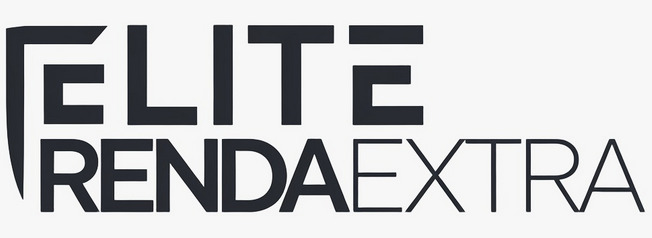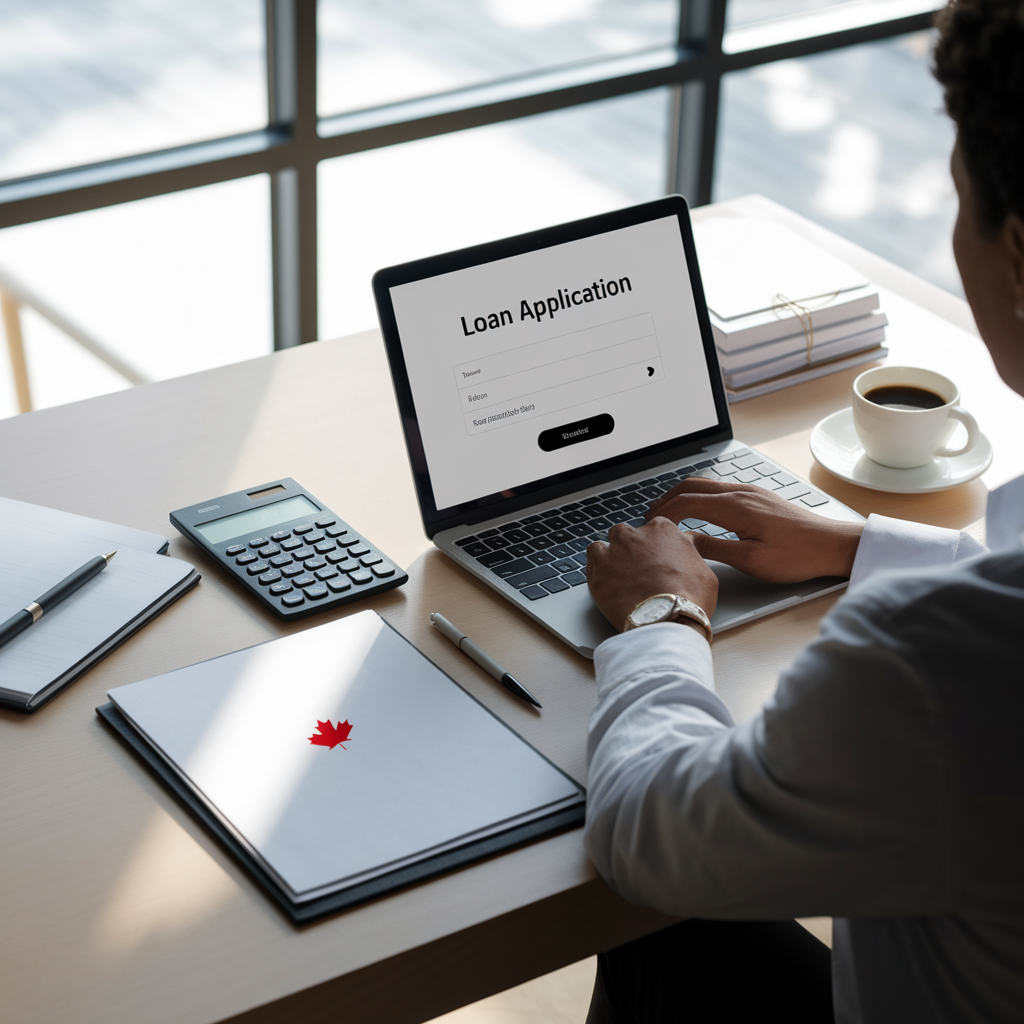Navigating the world of personal finance can sometimes feel like trying to solve a complex puzzle. When you need access to funds, whether for a home renovation, debt consolidation, or an unexpected emergency, understanding your options is the first critical step.
In Canada, one of the most flexible and popular borrowing tools is the unsecured personal loan. Unlike a mortgage or a car loan, it doesn’t require you to pledge an asset as collateral. This guide will walk you through everything you need to know, helping you make an informed decision for your financial journey.
What Exactly Is an Unsecured Personal Loan?
At its core, an unsecured personal loan is a loan given by a financial institution based primarily on your creditworthiness, without requiring any collateral. Think of it as a loan based on your promise to repay. If you default on a secured loan (like a car loan), the lender can seize the car. With an unsecured loan, the lender doesn’t have a direct claim on any of your specific assets.
Because the lender is taking on more risk, they rely heavily on factors like your credit score, income, and overall financial stability to approve your application. This higher risk for the lender often translates to slightly higher interest rates compared to secured loans.
Pros and Cons of Unsecured Loans in Canada
Like any financial product, unsecured loans come with their own set of advantages and disadvantages. Weighing them carefully is essential before you apply.
| Pros (Advantages) | Cons (Disadvantages) |
|---|---|
| No Collateral Required: Your personal assets like your home or car are not at risk of seizure if you default. This is the biggest draw for many Canadians. | Higher Interest Rates: Lenders charge more to compensate for the increased risk they are taking on without collateral. |
| Faster Application Process: Since there’s no need to appraise an asset, the approval and funding process is often much quicker, especially with online lenders. | Stricter Eligibility Criteria: A strong credit score and a stable, verifiable income are crucial for approval. It can be challenging for those with poor credit. |
| Flexible Use of Funds: You can use the money for almost any purpose, from consolidating high-interest credit card debt to financing a wedding or covering medical bills. | Potentially Smaller Loan Amounts: Lenders may offer smaller loan amounts compared to secured loans, where a valuable asset backs the loan. |
| Fixed Payments: Most unsecured loans have a fixed interest rate and a set repayment term, making budgeting straightforward. | Impact on Credit Score: A hard inquiry is made during application, and any missed payments will negatively affect your credit score. |
Who Offers Unsecured Personal Loans in Canada?
The Canadian lending landscape is diverse. You can secure a personal loan from several types of institutions, each with its own process and criteria.
Traditional Banks and Credit Unions
Institutions like RBC, TD, Scotiabank, BMO, and local credit unions are the most traditional sources. They often offer competitive rates, especially if you are already a long-standing customer with a good banking history. However, their approval process can be more stringent and may take longer than other options.
Online Lenders and FinTech Companies
The rise of financial technology has introduced a wave of online lenders in Canada. Companies like Fairstone, easyfinancial, and Borrowell specialize in quick, convenient online applications. They are often more accessible to individuals with less-than-perfect credit, though this accessibility may come with higher interest rates. The entire process, from application to funding, can sometimes be completed within 24-48 hours.
Peer-to-Peer (P2P) Lending Platforms
Though less common in Canada than in the US, P2P platforms connect individual borrowers directly with investors who are willing to fund their loans. These platforms act as intermediaries, assessing risk and setting interest rates. They can be a viable alternative, but it’s crucial to use a reputable platform.
Key Factors Lenders Consider for Approval
So, what exactly are lenders looking at when you submit your application? Understanding these key metrics can help you prepare and increase your chances of success.
- Credit Score and History: This is arguably the most important factor. Your credit score is a numerical representation of your creditworthiness. In Canada, a score of 660 is generally considered good, while 760 and above is excellent. Lenders use it to predict how likely you are to repay your loan.
- Income and Employment Stability: Lenders need to see that you have a steady and sufficient source of income to cover the monthly loan payments. You’ll typically be asked for pay stubs, employment letters, or tax documents.
- Debt-to-Income (DTI) Ratio: This ratio compares your total monthly debt payments to your gross monthly income. A lower DTI indicates that you have a good balance between debt and income, making you a less risky borrower. Most lenders prefer a Debt-to-Income (DTI) Ratio below 40-43%.
- Financial History: Lenders may look at your overall banking history, such as how long you’ve been with your bank and whether you have a history of overdrafts.
How to Apply for an Unsecured Personal Loan: A Step-by-Step Guide
Feeling ready to apply? Following a structured approach can make the process smooth and help you find the best possible terms.
- Assess Your Financial Situation: Before you even look at lenders, look at your own finances. Check your credit report for errors, calculate exactly how much you need to borrow, and determine what monthly payment you can comfortably afford.
- Research and Compare Lenders: Don’t accept the first offer you see. Compare interest rates (the APR is the most important figure), loan terms, and any associated fees from multiple lenders, including your own bank, credit unions, and reputable online lenders.
- Get Pre-Qualified: Many lenders offer a pre-qualification process. This involves a soft credit check (which doesn’t affect your score) and gives you a realistic idea of the loan amount and interest rate you might be approved for.
- Gather Necessary Documents: Be prepared. Most applications will require:
- Government-issued photo ID (e.g., driver’s license, passport)
- Proof of income (e.g., recent pay stubs, T4 slips)
- Proof of address (e.g., utility bill)
- Recent bank statements
- Submit Your Formal Application: Once you’ve chosen a lender, complete the full application. This will trigger a hard credit inquiry, which may temporarily dip your credit score by a few points.
- Review and Sign the Loan Agreement: If approved, you will receive a loan agreement. Read it meticulously. Pay close attention to the interest rate (APR), repayment schedule, and any clauses about fees or prepayment penalties before you sign.
Understanding Interest Rates and Fees
The cost of your loan is more than just the principal amount. The interest rate and fees are where the real cost lies. Most personal loans in Canada have a fixed interest rate, meaning your payment will be the same every month. This makes budgeting easy and predictable. A variable rate, tied to the prime rate, can fluctuate, meaning your payments could go up or down over the life of the loan.
Beyond the interest rate, be aware of potential fees such as origination fees (a fee for processing the loan, often deducted from the principal) and late payment penalties.
Frequently Asked Questions (FAQ)
Can I get an unsecured loan with bad credit in Canada?
Yes, it is possible to get an unsecured loan with a bad credit score in Canada. However, your options will be more limited. You’ll likely need to apply with alternative or online lenders who specialize in subprime lending. Be prepared for significantly higher interest rates and potentially stricter income verification to offset the lender’s risk.
How quickly can I get the funds?
The funding speed varies greatly by lender. Online lenders are the fastest, often depositing funds into your account within 24 to 48 hours of approval. Traditional banks and credit unions may take longer, typically ranging from a few business days to over a week.
Will an unsecured loan affect my credit score?
Yes, an unsecured loan impacts your credit score in several ways. The initial application results in a hard inquiry, which can cause a small, temporary drop. Making all your payments on time will help build a positive payment history and can improve your score over time. Conversely, missing payments will significantly damage your credit score.
Ultimately, an unsecured personal loan can be a powerful financial tool when used responsibly. It offers speed and flexibility without risking your assets. The key to a positive experience is thorough research, a clear understanding of the terms, and a commitment to on-time repayment. By being a well-informed borrower, you can leverage these loans to achieve your financial goals effectively.
For more detailed information from a government source, you can review the official guide on unsecured personal loans in Canada provided by the Financial Consumer Agency of Canada.

